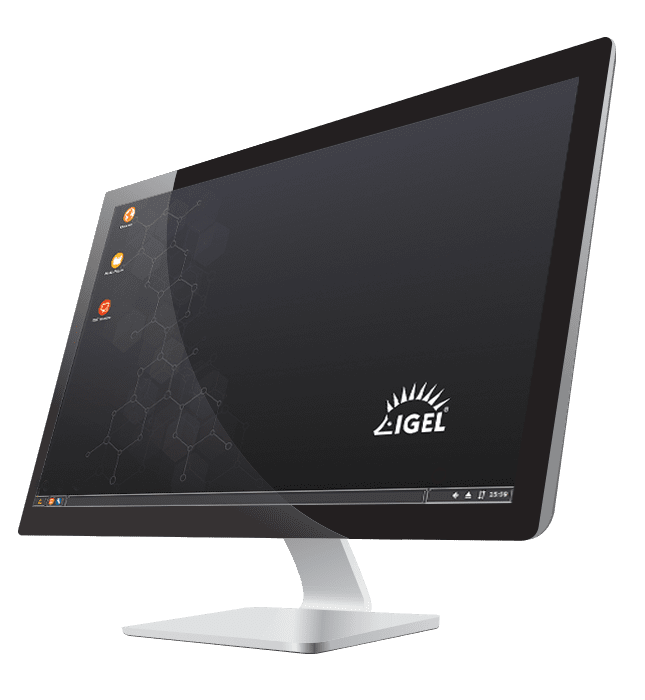fall in love again
Whether you have already migrated or if you are in the middle of a migration to Windows 10, you will be aware of both the historical and new challenges when deploying and managing Windows on the endpoint. By adopting virtualized desktops or desktop-as-a-service in conjuction with IGEL, you can fall in love with Windows again.
Some things to consider when deploying Windows in the traditional way
Windows Update Cadence
Every 6 months a new Windows 10 version is released. While each new version brings features and improvements, deploying a new version of Windows every 6 months is a challenge for most enterprise IT departments let alone the impact on the user.
Patch Tuesdays
While Patching is boring and can be time consuming, it is still hugely important when it comes to endpoint security. Trying to patch more than just Microsoft applications and ensure that remote machines have been patched is not an easy task.
Supported Versions
The “goal post” has moved a few times on this subject, but for now, Spring releases of Windows 10 (aka 1903) have 18 months support, whereas the “fall” releases (aka 1809) have 30 months. While this gives most organizations time to kick off the next wave of updates, migrating every machine can take time.
Lord of the rings
With constant updates, continued patching and shorter support timescales, the need to operationalize your Windows 10 deployment is required. Creating “deployment rings” helps test new versions of Windows 10 and roll out different Windows versions to different groups of users. Multiple deployment rings utilize multiple versions of Windows meaning your Windows estate is now more heterogeneous than ever.
Back to the future
Sometimes, things go wrong. Each version of Windows when released needs to be tested – at least to make sure that your anti-virus software runs correctly on the latest version. More updates = more testing…and you may not just have time for that anymore.
“We’re going to need a bigger boat”
Each version of Windows 10 seems to “raise the bar” when it comes to the minimum hardware specification. Coupled with the size of the download, your hardware and your network pipe might just need continuous upgrades.
A better way to deliver Windows without the worry of endpoint management

WINDOWS VIRTUAL DESKTOP
Publicly available since Ignite in 2019, Windows Virtual Desktop is the easiest way to virtualize your Windows desktops. Complemented by solutions from Citrix, VMware, Cloud Jumper, Workspot and others, IGEL is proud to be the 1st Linux endpoint OS for Windows Virtual Desktop.
IGEL WVD Client Access
Please register to get an evaluation license of IGEL’s Linux Client for Windows Virtual Desktop (WVD)
